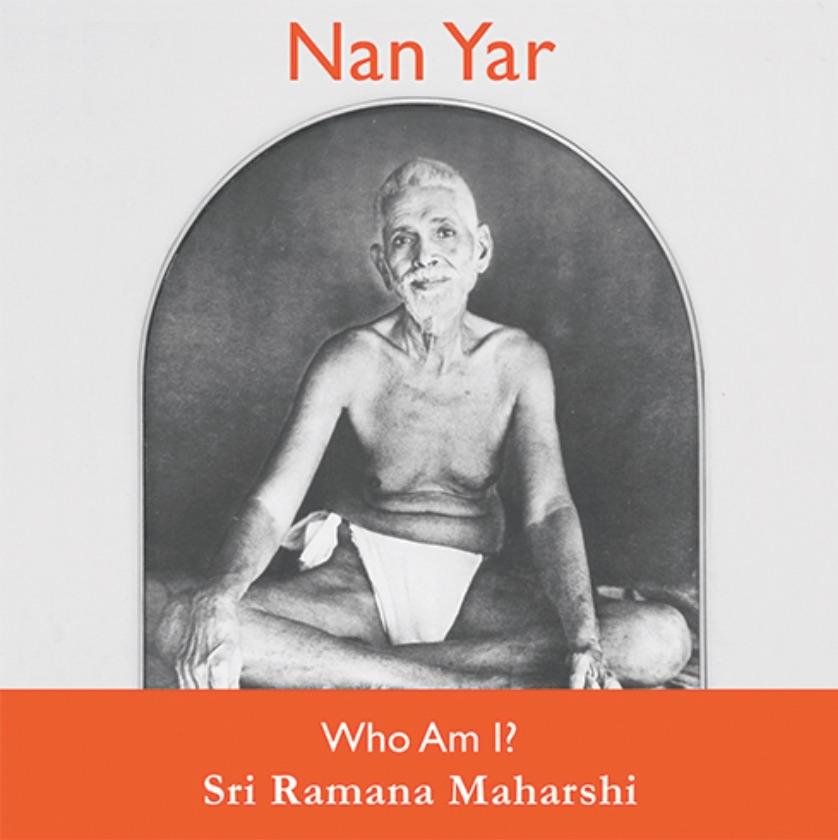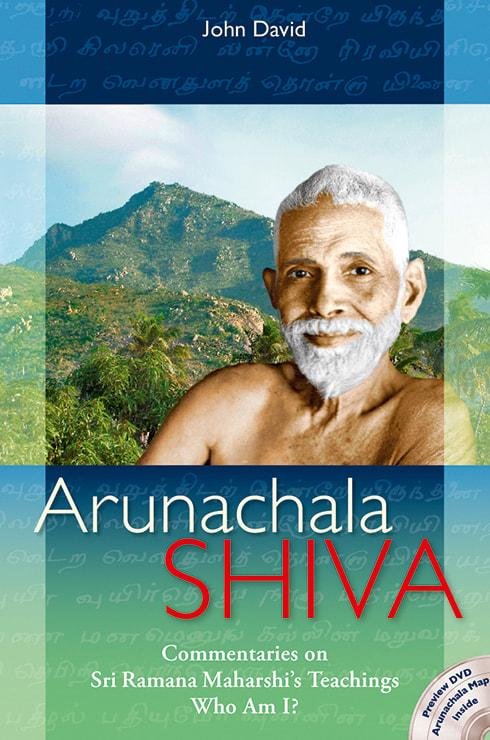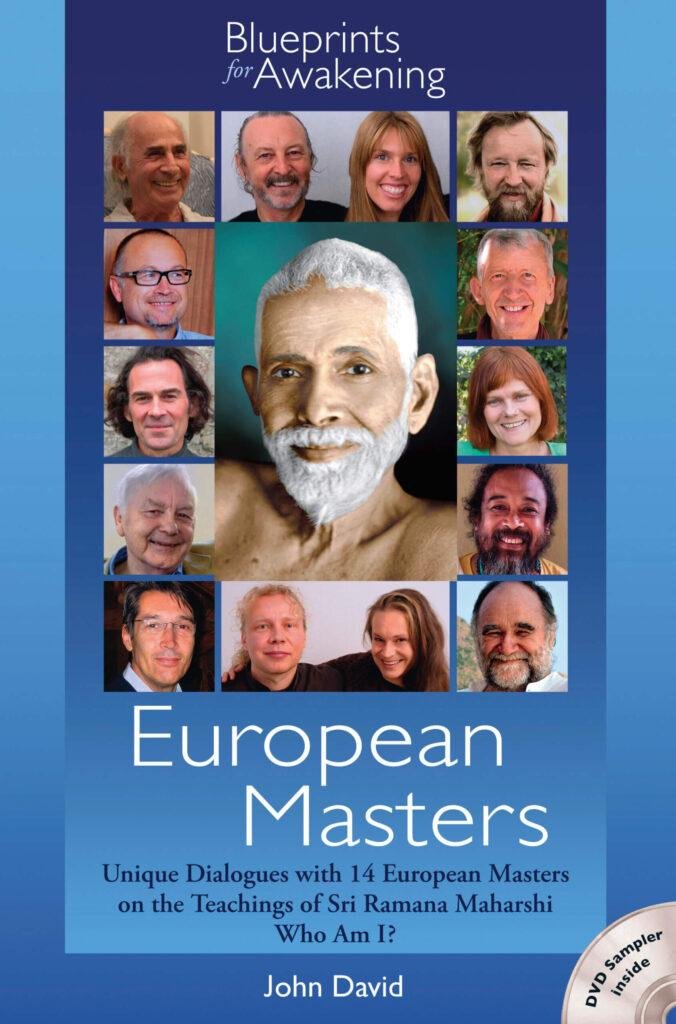Ganesan
“Self-realization is the understanding that one’s true nature is beyond the physical body and the ego, rooted in a universal consciousness.
– Ganesan
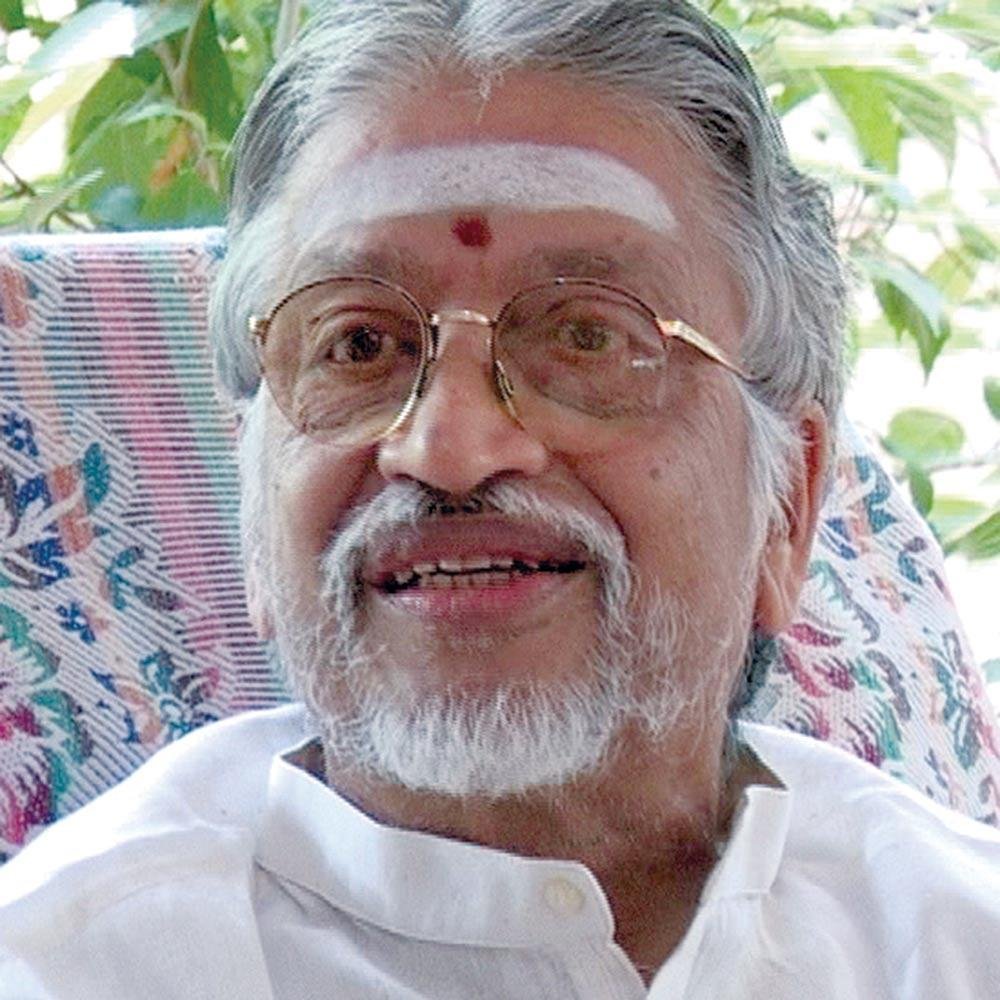
Full Interview with Ganesan by John David
For thirty-five years Ganesan was the manager of Ramana Ashram, Tiruvannamalai, and for twenty-five years he was the managing editor of The Mountain Path, the ashram‘s newsletter. He looked after the old devotees of Sri Ramana as his sadhana, allowing him to absorb little-known reminiscences of Sri Ramana. His sessions of spiritual sharing are given at his home in Tiruvannamalai between nine-thirty and eleven every morning. He has authored several books on Bhagavan Sri Ramana Maharshi.
– John David
Questions and Answers
Sri Ramana proposed the fundamental question, ‘Who am I?’* Who are you?
Many Western seekers come to India looking for enlightenment as if it is an experience. What is enlightenment?
Are there any qualifications for enlightenment? Is sadhana (spiritual practice) necessary? If yes, what form do you advise?
Sri Ramana said that Self-enquiry is the most direct route to realising the Self. What do you say about Self-enquiry? How to conduct Self-enquiry?
When Sri Ramana was asked, ‘When will the realisation of the Self be gained?’ he replied, ‘When the world which is what-is-seen has been removed, there will be realisation of the Self which is the seer.’* What is the true understanding of the world? How to remove the world?
It has been suggested that the mind must be destroyed for liberation to occur. Do you have a mind? Sri Ramana used the term manonasha to describe the state of liberation, meaning destroyed mind. How to destroy the mind?
What about vasanas, the tendencies of the mind? Must these be removed before Self-realisation can become permanent? Is it enough to achieve asattvic (calm and peaceful) state of mind and to know one’s vasanas so that they no longer bind? How to remove the vasanas?
At the end of his book, Self-Enquiry, Sri Ramana says, ‘He who is thus endowed with a mind that has become subtle, and who has the experience of the Self is called a jivanmukta.’ Is this the state that can be called Self- realised?
He goes on, ‘And when one is immersed in the ocean of bliss and has become one with it without any differentiated existence, one is called a videhamukta. It is the state of videhamukti that is referred to as the transcendent turiya (state). This is the final goal.’ Is this the state that can be called enlightenment?
It appears essential to meet a guru and stay with that guru. Who is the guru? What is the guru’s role? How to recognise a true guru?
Seekers often have curious ideas about the enlightened state. Please describe your typical day and how you perceive the world.
You have given us a profound discourse on awakening. When you meet a passion for awakening, what would your short advice be?
Sri Ramana’s devotees had tremendous devotion to him, and he to Arunachala. Please say something about bhakti, devotion, in the pursuit of awakening.
Ganesan's teachings
Self-Inquiry
Ganesan highlights the importance of self-inquiry, specifically the question “Who am I?”. This practice is central to understanding one’s true nature, moving beyond the ego and the transient aspects of existence.
Devotion (Bhakti)
Devotion, or bhakti, is emphasized as a vital aspect of the spiritual path. This involves a deep, heartfelt dedication to the divine or the guru, which helps purify the mind and cultivate inner peace and understanding.
Role of the Guru
The guru is seen as a pivotal figure in guiding and illuminating the spiritual seeker. A true guru helps remove ignorance and leads the disciple towards self-realization.
Overcoming Ego and Illusion
The journey involves transcending the ego and recognizing the illusory nature of the individual self. Ganesan’s teachings point towards realizing the oneness with the universal consciousness.
Inner Transformation
Spiritual progress is not just intellectual but requires a profound inner transformation, which is often facilitated through practices like meditation, selfless service, and devotion.
Universal Truths
The teachings reflect universal truths, not confined to any single religion or culture, and emphasize the unity of all existence.
appears in
Blueprints for Awakening – Indian Masters
Indian Spiritual Masters
John David has been interviewing sixteen important Indian Spiritual Masters. The result is a compendium of astonishing wisdom about the biggest secret of all times: the Nature of our True Self and how to realise it.
This boock answers all questions of the spiritual search and is for everyone who has an inner passion to find out who they are.
Published in two volumes.
Ajja is part of Volume II.
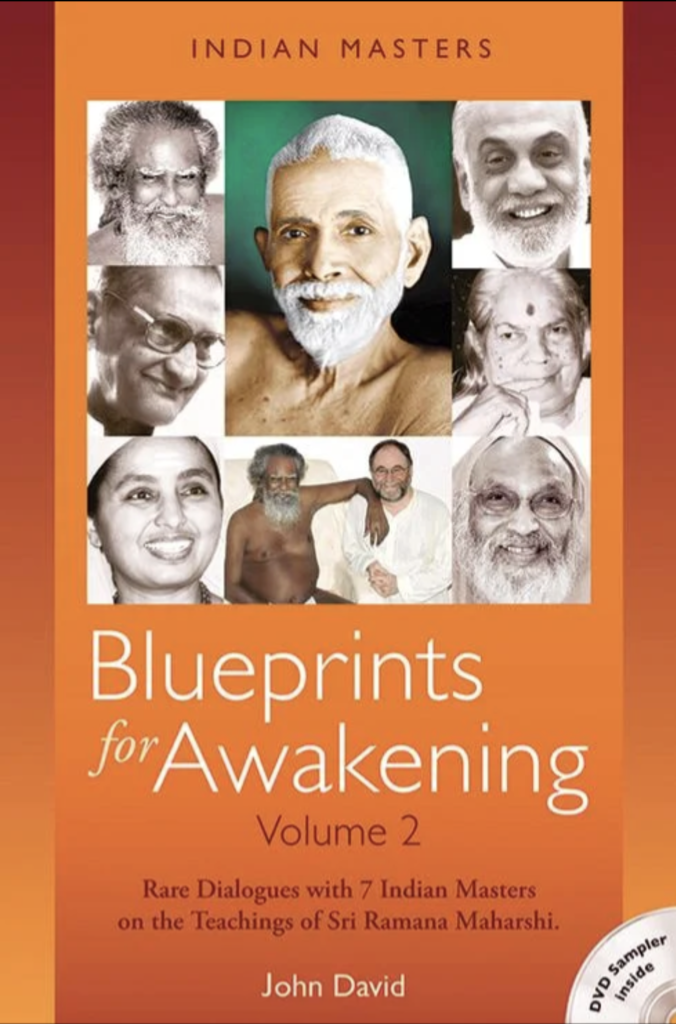
Other Ramana Maharshi Books
NEW: Aham Sphurana – A Glimpse of Self Realisation
Fascinating dialogues and stories of Sri Ramana Maharshi recorded by Sri Gajapathi Aiyyer in the summer 1936, at Ramana Ashram.
This book contains a selection from the complete manuscript Aham Sphurana. This selection, a brilliant treasure, speaks for itself. Beside the detailed teachings on Self-Enquiry, Surrender and Jnana, it exposes a new glimpse of Bhagavan’s personal day-to-day life at fifty-six, in his middle age.
The Book is available in English and German, as Ebook and Paperback.
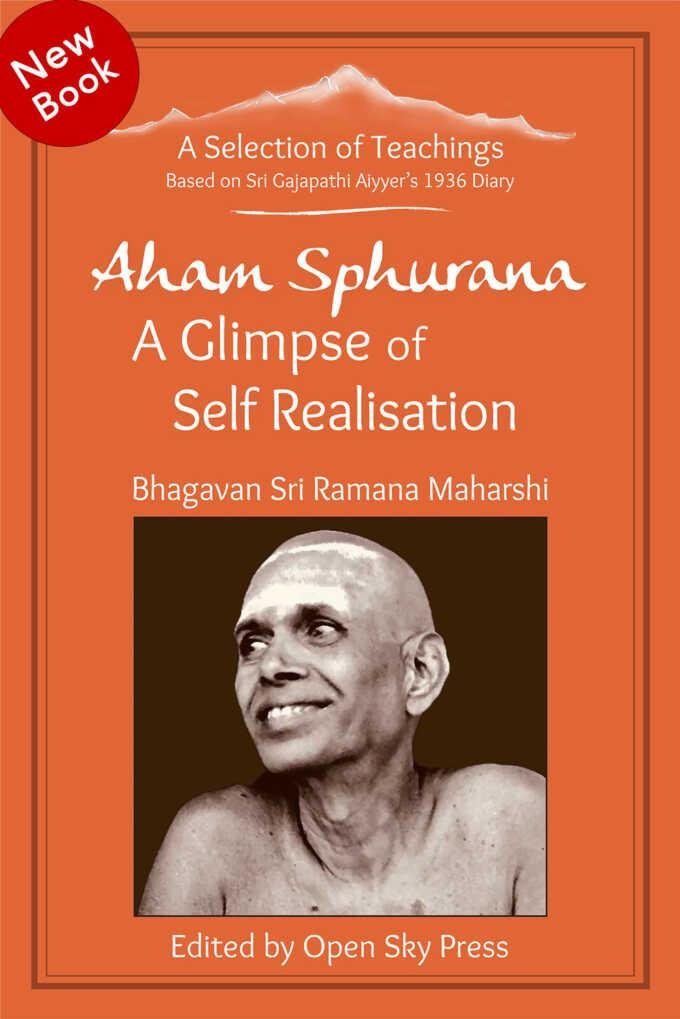
Biography
V. Ganesan, born in 1936, had the privilege of growing up in the presence of Bhagavan Sri Ramana Maharshi until he was 14 years old. This early experience profoundly influenced him, allowing him to see Sri Ramana not just as a spiritual guru but as a compassionate human being.
On April 14, 1950, the day Sri Ramana Maharshi left his physical body, Ganesan witnessed a remarkable phenomenon – a brilliant flash of light moving towards the top of the Holy Hill Arunachala. This event marked a significant moment in his life.
Ganesan obtained a Master’s Degree in Philosophy and then settled at Sri Ramanasramam in Tiruvannamalai, dedicating his life to preserving the memories and teachings of Sri Ramana. He interacted with and collected stories from over 75 of Sri Ramana’s old devotees, many of which had never been recorded before.
His spiritual journey was further enriched by interactions with other sages and saints, including Swami Ramdas, Mother Krishnabai, J. Krishnamurti, Nisargadatta Maharaj, and Yogi Ramsuratkumar. These experiences deepened his understanding of Sri Ramana’s direct teachings.
Ganesan has traveled extensively to share the teachings of Sri Ramana Maharshi and has authored several popular books on the life and teachings of the Maharshi, such as “Purushothama Ramana”, “Be the Self”, “Moments Remembered”, “Direct Teaching of Bhagavan Ramana”, and “Practicing Self-Enquiry”.
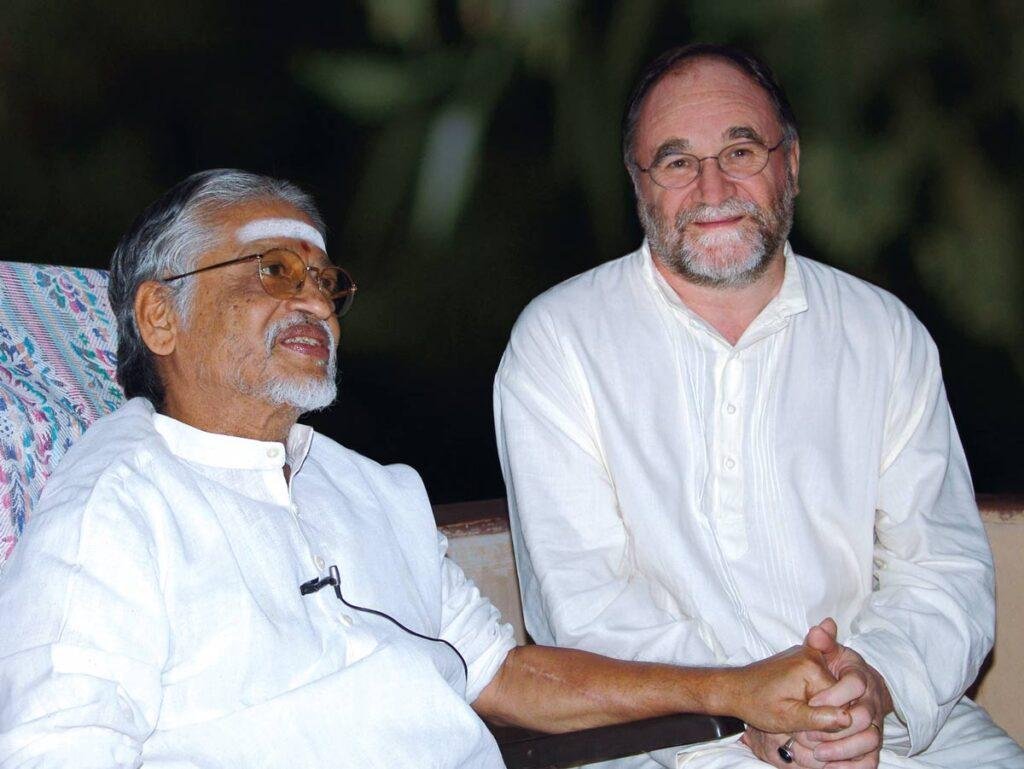
‘Who are you?’ Robert Adams shouted. John Wilkins knew that Robert’s moods changed often because of his illness. He thought that Robert had really forgotten him, so he said, ‘I am John Wilkins!’ Robert gave one of the most beautiful smiles I have ever come across in my life. He said, ‘John, in that I Am is Truth, John Wilkins is the untruth. I Am is Reality, John Wilkins is the unreality.’


